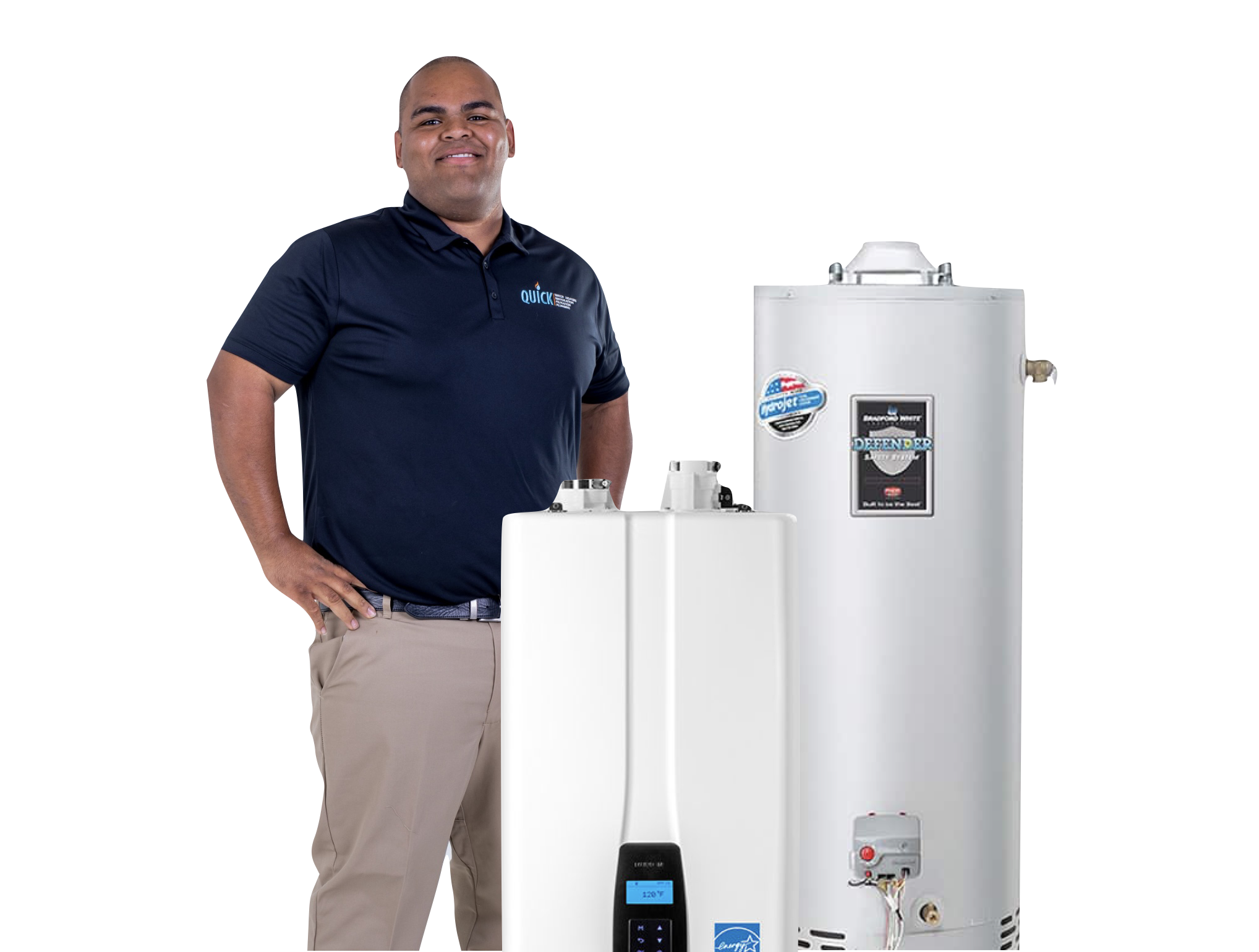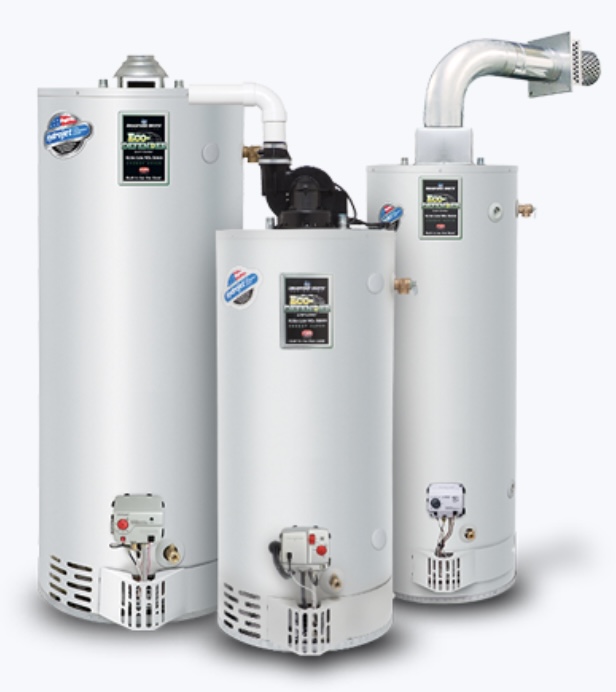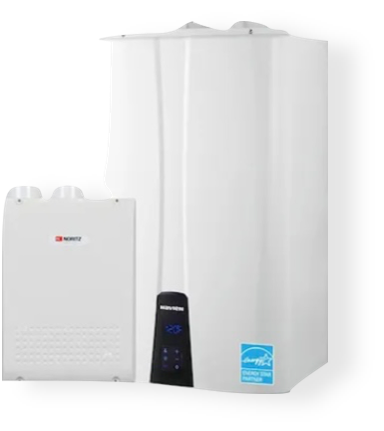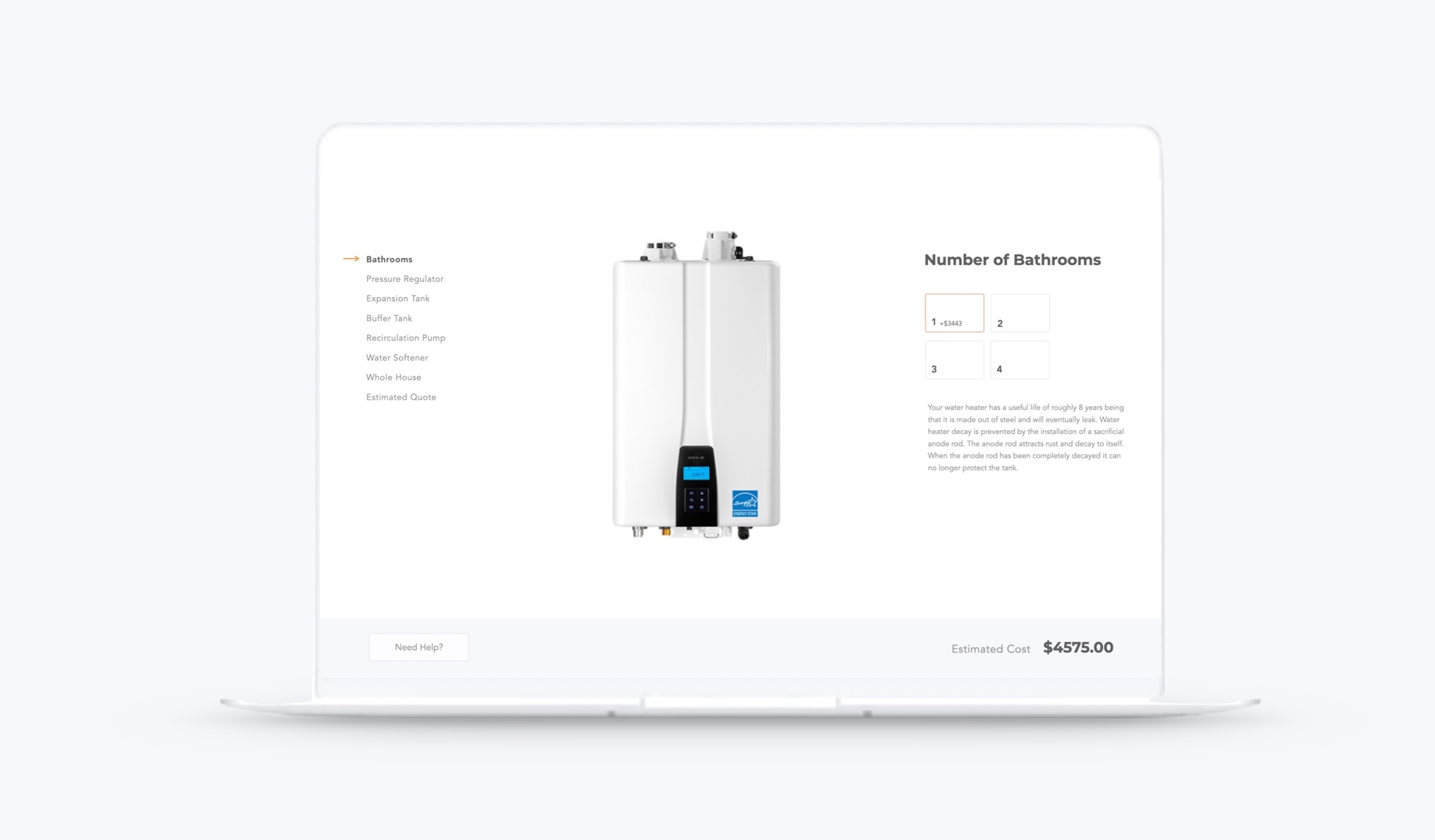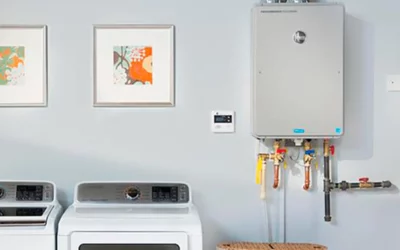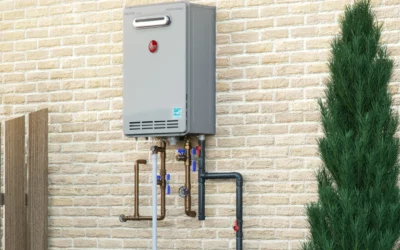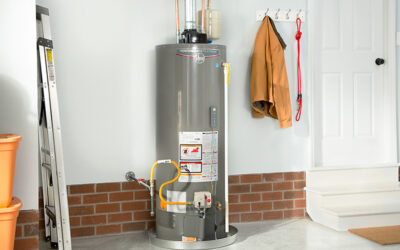If you are experiencing a leaking water heater pressure relief valve, it is important to address the issue promptly to avoid further damage. This guide will walk you through the steps to repair the valve and provide tips on preventing future leaks. By following these instructions, you can ensure the proper functioning of your water heater and maintain a safe and efficient system.
Understanding the Water Heater Pressure Relief Valve
Understanding the Water Heater Pressure Relief Valve is crucial for homeowners to identify and address potential issues with their water heater.
What is a water heater pressure relief valve?
A water heater pressure relief valve is an essential component of a water heater system. It is designed to release excess pressure from the tank if it reaches unsafe levels. This valve is crucial for preventing the water heater from exploding or causing damage due to excessive pressure buildup. When the pressure inside the tank exceeds the preset limit, the relief valve opens and allows the excess pressure to escape, thereby ensuring the safety of the water heater and the surrounding area.
Why does a water heater pressure relief valve leak?
A water heater pressure relief valve can leak due to several reasons. One common cause is excessive pressure buildup inside the water heater tank. When the pressure exceeds the set limit, the valve is designed to open and release the excess pressure. However, if the valve is faulty or damaged, it may not seal properly after releasing the pressure, resulting in a continuous leak.
Another reason for a leaking pressure relief valve could be the presence of debris or mineral deposits. Over time, sediment and minerals can accumulate inside the valve, causing it to malfunction. This can prevent the valve from closing tightly, leading to a leak.
In some cases, a leaking relief valve may indicate an underlying issue with the water heater itself. For example, a faulty temperature and pressure (T&P) relief valve may indicate that the water heater’s thermostat is not functioning correctly or that the temperature is set too high. This can cause the water to continuously heat up and create excess pressure, leading to a leak in the valve.
It is important to address a leaking water heater pressure relief valve promptly to prevent further damage or potential safety hazards. By understanding the reasons behind the leak, you can take appropriate steps to repair or replace the valve and ensure the optimal functioning of your water heater.
Steps to Repair a Leaking Water Heater Pressure Relief Valve
Steps to Repair a Leaking Water Heater Pressure Relief Valve:
- Step 1: Turn off the power and water supply.
- Step 2: Drain the water heater.
- Step 3: Remove the pressure relief valve.
- Step 4: Inspect and clean the valve.
- Step 5: Replace or repair the valve.
Step 1: Turn off the power and water supply
To repair a leaking water heater pressure relief valve, the first step is to turn off the power and water supply. This is crucial for ensuring your safety and preventing any potential damage. By shutting off the power, you eliminate the risk of electric shock while working on the valve. Additionally, turning off the water supply prevents any further leakage or water damage. It is essential to follow this step before proceeding with the repair process.
Step 2: Drain the water heater
To effectively repair a leaking water heater pressure relief valve, one of the crucial steps involves draining the water heater. This helps ensure a safe and efficient repair process.
To begin, turn off the power supply to the water heater. This step is essential to avoid any electrical hazards during the draining process. Next, locate the water shut-off valve, usually found near the top of the water heater. Turn off the water supply by closing this valve.
Once the power and water supply have been shut off, it’s time to drain the water heater. Begin by attaching a hose to the drain valve, which is typically located near the bottom of the unit. Place the other end of the hose in a suitable drainage area, such as a floor drain or outside.
Open the drain valve by turning it counterclockwise. This will allow the water to start flowing out of the tank and through the hose. Be cautious as the water may be hot, so take appropriate safety measures to prevent burns.
Allow the water heater to drain completely. This process may take some time, depending on the size of the tank and the water pressure. Once all the water has drained out, close the drain valve by turning it clockwise.
Draining the water heater is a vital step in repairing a leaking pressure relief valve as it eliminates any remaining water in the tank. This ensures a clean and dry environment for further inspection and repair of the valve. Remember to follow all safety precautions and consult a professional if you are unsure about any steps in the process.
Step 3: Remove the pressure relief valve
To remove the pressure relief valve, follow these steps carefully. First, ensure that the power and water supply to the water heater are turned off. This is crucial for safety reasons. Next, drain the water heater to relieve any pressure and prevent any potential leaks during the removal process.
Once the water heater is drained, locate the pressure relief valve. It is usually located near the top of the water heater tank and is connected to a pipe that extends outside the unit. Use a wrench or pliers to loosen and remove the fittings that secure the valve to the water heater.
Be cautious when removing the valve as it may still contain hot water. To prevent any burns or injuries, it is advisable to wear protective gloves and allow the valve to cool down before handling it. Carefully pull the valve out of its position, ensuring not to damage any surrounding components.
Inspect the valve for any signs of damage or corrosion. If the valve is in good condition, you may simply need to clean it before reinstallation. However, if the valve is faulty or damaged, it will need to be replaced. In such cases, refer to the manufacturer’s instructions or consult a professional for the appropriate replacement valve.
Removing the pressure relief valve is an essential step in repairing a leaking water heater. By following these instructions, you can safely remove the valve, assess its condition, and proceed with the necessary repairs or replacements to ensure your water heater operates efficiently and without any leaks.
Step 4: Inspect and clean the valve
After removing the pressure relief valve, the next step is to carefully inspect and clean it. Inspecting the valve is crucial to identify any signs of damage or debris that may be causing the leakage. Look for cracks, corrosion, or any other visible issues that could affect the valve’s functionality.
Cleaning the valve is essential to ensure proper operation and prevent future leaks. Use a soft brush or cloth to remove any dirt, sediment, or mineral deposits that may have accumulated on the valve. Pay extra attention to the valve’s opening and ensure it is clear of any obstructions.
Once the valve has been thoroughly inspected and cleaned, it is time to proceed with the necessary repairs or replacement if needed.
Step 5: Replace or repair the valve
To replace or repair the valve, you will need to follow these steps:
1. Turn off the power and water supply: Before attempting any repairs or replacements, it is crucial to ensure that the power to the water heater is turned off. Additionally, shut off the water supply to prevent any further leakage or damage.
2. Drain the water heater: To replace or repair the valve, you will need to drain the water heater first. Connect a hose to the drain valve and place the other end in a suitable drainage area. Open the drain valve to allow the water to flow out. Make sure to take necessary precautions as the water can be hot.
3. Remove the pressure relief valve: Locate the pressure relief valve on the water heater. It is typically located on the top or side of the unit. Use a wrench or pliers to loosen the valve from its connection. Be cautious as there may still be some hot water inside the valve.
4. Inspect and clean the valve: Once the valve is removed, inspect it for any signs of damage or wear. Check for any debris or mineral buildup that might be causing the leak. Clean the valve thoroughly using a brush or cloth to ensure it functions properly.
5. Replace or repair the valve: Depending on the condition of the valve, you can either replace it with a new one or attempt to repair it. If opting for a replacement, purchase a compatible pressure relief valve from a hardware store. Follow the manufacturer’s instructions to install the new valve securely. If attempting a repair, consult a professional or refer to the valve’s instruction manual for guidance.
Remember to test the repaired or replaced valve by turning on the power and water supply. Monitor it closely for any signs of leakage. If the issue persists or worsens, it is advisable to seek professional assistance to ensure the proper functioning of your water heater.
Tips for Preventing Water Heater Relief Valve Leaking
To prevent water heater relief valve leaking, it is important to regularly check the pressure relief valve, flush the water heater regularly, and check and adjust the water pressure.
Regularly check the pressure relief valve
Regularly checking the pressure relief valve is an essential maintenance task for ensuring the proper functioning of your water heater. By inspecting the valve on a regular basis, you can identify any potential issues before they escalate into major problems.
To check the pressure relief valve, start by turning off the power and water supply to the water heater. This is crucial to ensure your safety during the inspection process. Once the power and water supply are turned off, locate the pressure relief valve, which is usually located on the top or side of the water heater.
Gently lift the lever on the valve to release a small amount of water. This should relieve any excess pressure that may have built up inside the tank. If you notice a steady flow of water or if the valve continues to leak even after releasing the lever, it is a sign that the valve may be faulty and in need of repair or replacement.
Regularly checking the pressure relief valve not only helps to prevent leaks but also ensures that the valve is functioning properly to release excess pressure. It is recommended to perform this inspection at least once every six months to maintain the efficiency and safety of your water heater.
In addition to checking the pressure relief valve, it is also important to flush the water heater regularly to remove any sediment buildup. Sediment can accumulate over time and cause the valve to malfunction or become less effective in regulating pressure. Furthermore, checking and adjusting the water pressure can help prevent excessive pressure from damaging the valve or the water heater itself.
By incorporating these simple maintenance tasks into your routine, you can prolong the lifespan of your water heater and avoid costly repairs or replacements.
Flush the water heater regularly
Flushing the water heater regularly is an essential maintenance task that helps prevent the relief valve from leaking. Over time, sediment and mineral deposits can build up inside the water heater tank, leading to increased pressure and strain on the relief valve. By flushing the water heater, you can remove these deposits and ensure smooth operation.
To flush the water heater, follow these steps:
1. Turn off the power and water supply: Before starting the flushing process, make sure to turn off the power to the water heater and shut off the water supply.
2. Connect a hose to the drain valve: Locate the drain valve at the bottom of the water heater and attach a garden hose to it. Make sure the other end of the hose is placed in a suitable drainage area.
3. Open the drain valve: Slowly open the drain valve to allow the water to flow out through the hose. Be cautious as the water may be hot.
4. Flush the tank: Let the water flow through the tank for several minutes to flush out any sediment or debris. You can gently stir the water inside the tank using a broom handle to help dislodge stubborn deposits.
5. Close the drain valve and refill the tank: Once the water runs clear and free of any debris, close the drain valve and remove the hose. Turn on the water supply and allow the tank to fill up again.
By regularly flushing the water heater, you can maintain its efficiency and reduce the risk of pressure relief valve leaks. It is recommended to flush the water heater at least once a year or more frequently if you notice signs of sediment buildup or decreased performance.
Check and adjust the water pressure
To ensure the proper functioning of your water heater and prevent leaks, it is crucial to regularly check and adjust the water pressure. High water pressure can put excessive strain on the pressure relief valve, leading to leaks and potential damage to the water heater.
To check the water pressure, you can use a pressure gauge that can be attached to a hose bib or a faucet. Simply screw the gauge onto the bib or faucet, open it, and observe the pressure reading. The recommended water pressure for most residential properties is typically between 40 and 60 pounds per square inch (psi). If the pressure exceeds this range, adjustments should be made.
To adjust the water pressure, you may need to locate the pressure regulator valve, which is usually located near the main water supply line. This valve allows you to control the water pressure entering your home. Using a wrench, you can turn the adjustment screw clockwise to increase the pressure or counterclockwise to decrease it. It is important to make small adjustments and check the pressure after each adjustment to ensure you do not exceed the recommended range.
By regularly checking and adjusting the water pressure, you can prevent excessive strain on the pressure relief valve and reduce the risk of leaks. Maintaining the proper water pressure will help extend the lifespan of your water heater and ensure its efficient operation.
FAQ
FAQ: Frequently asked questions about water heater pressure relief valve leaks, including why they occur, how to repair them, and tips for prevention.
1. Why is my water heater relief valve leaking?
There can be several reasons why your water heater relief valve may be leaking. One possible cause is excessive pressure in the water heater tank. When the pressure inside the tank goes beyond the recommended levels, the relief valve opens to release the excess pressure. However, if the valve is faulty or worn out, it may not close properly after releasing the pressure, resulting in a leak.
Another potential reason for a leaking relief valve is a buildup of sediment or mineral deposits. Over time, these deposits can accumulate inside the valve, causing it to malfunction or become stuck in an open position. This can lead to water continuously leaking from the valve.
Additionally, a faulty temperature and pressure (T&P) relief valve can also be the culprit behind the leak. The T&P valve is designed to open and release water if the temperature or pressure inside the tank exceeds safe levels. If this valve is damaged or not functioning correctly, it may leak water even when there is no actual pressure or temperature issue.
It is important to address a leaking relief valve promptly, as it can indicate underlying problems with your water heater. If left unrepaired, the valve may continue to leak or fail altogether, potentially causing more significant damage to the water heater or even posing a safety risk.
2. Can I repair the relief valve myself?
Yes, you can repair the relief valve yourself in certain cases. However, it is important to note that repairing a relief valve requires some technical knowledge and understanding of the water heater system. If you have experience with plumbing repairs and feel confident in your abilities, you can attempt to repair the relief valve on your own.
To repair the relief valve, you will need to follow a few steps. First, make sure to turn off the power and water supply to the water heater. This is crucial for your safety and to prevent any further damage. Next, drain the water heater to remove any remaining water from the tank.
Once the water heater is drained, you can proceed to remove the pressure relief valve. Carefully unscrew the valve using the appropriate tools and inspect it for any signs of damage or debris. In some cases, the valve may simply need to be cleaned and reinstalled. However, if you notice any significant damage or wear, it is recommended to replace the valve with a new one.
Before attempting any repairs, it is always a good idea to consult the manufacturer’s instructions or seek professional advice. They can provide specific guidance and ensure that you are taking the appropriate steps to repair the relief valve safely and effectively.
Remember, if you are unsure about your abilities or if the issue persists after attempting DIY repairs, it is best to contact a professional plumber. They have the expertise and experience to handle complex water heater repairs and can ensure the relief valve is repaired or replaced correctly.
3. How often should I check the pressure relief valve?
It is recommended to check the pressure relief valve of your water heater regularly. Checking the pressure relief valve helps ensure that it is functioning properly and prevents any potential leaks or malfunctions. As a general guideline, it is advisable to inspect the pressure relief valve at least once every six months. However, if you live in an area with hard water or have noticed any issues with your water heater’s performance, it may be beneficial to check the valve more frequently.
Regularly checking the pressure relief valve involves a simple visual inspection. Ensure that the valve is not leaking or showing signs of corrosion. Additionally, make sure that the valve’s discharge pipe is properly connected and not blocked. If you notice any abnormalities during the inspection, it is important to address them promptly to prevent any potential hazards or damage.
By regularly checking the pressure relief valve, you can maintain the efficiency and safety of your water heater system. It is a proactive measure that can help identify any issues before they escalate into more significant problems.
4. What can I do to prevent water heater relief valve leaks?
To prevent water heater relief valve leaks, there are several proactive steps you can take. Firstly, it is essential to regularly check the pressure relief valve. This valve is designed to release excess pressure from the water heater, preventing any catastrophic failures. Inspect the valve for any signs of leaks, such as dripping or water accumulation around the valve. If you notice any issues, it is crucial to address them promptly.
Another preventive measure is to flush the water heater regularly. Sediment and minerals can accumulate at the bottom of the tank over time, leading to increased pressure and potential valve leaks. By flushing the water heater at least once a year, you can remove these deposits and ensure proper functioning of the relief valve.
Additionally, it is essential to check and adjust the water pressure in your home. Excessively high water pressure can put unnecessary strain on the relief valve, leading to leaks. You can use a pressure gauge to measure the water pressure and ensure it falls within the recommended range, typically between 40 to 80 psi (pounds per square inch). If the pressure is too high, consider installing a pressure-reducing valve to regulate it.
Lastly, knowing when to replace the pressure relief valve is crucial for preventing leaks. Over time, these valves can wear out and become less effective. It is generally recommended to replace the valve every three to five years, or sooner if you notice signs of leakage or malfunction. Regular maintenance and inspections will help you identify when replacement is necessary.
By following these preventive measures, you can minimize the risk of water heater relief valve leaks, ensuring the longevity and efficiency of your water heating system.
5. When should I replace the pressure relief valve?
When it comes to replacing the pressure relief valve of a water heater, it is important to consider a few factors. The lifespan of a pressure relief valve can vary depending on various factors such as the quality of the valve, the water quality, and the usage of the water heater. However, a general guideline is to replace the pressure relief valve every three to five years.
Regular maintenance and inspections can help determine if the pressure relief valve needs replacement. Signs that indicate it may be time to replace the valve include frequent leakage, the valve not opening properly during testing, or if the valve is visibly damaged or corroded.
It is crucial to replace a faulty pressure relief valve promptly as it plays a vital role in preventing excessive pressure buildup in the water heater. Neglecting to replace a faulty valve can lead to potential safety hazards, such as explosions or water heater failure.
When replacing the pressure relief valve, it is recommended to consult the manufacturer’s instructions or seek professional assistance. Ensuring the new valve is compatible with the water heater model and following proper installation procedures is essential for optimal performance and safety.
Remember, when in doubt, it is always best to consult a professional plumber or a qualified technician to ensure the correct replacement of the pressure relief valve and the overall safety of the water heater.


